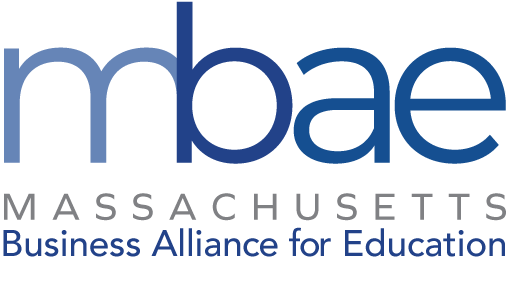Yesterday, Governor Baker made the expected announcement that schools will be closed through the end of the school year. This was the right decision for the safety of students, teachers and families. The Governor also rightly made clear that this “does not mean it’s time to start summer vacation early.” Our students simply cannot afford to cede the time.
With continued closure now official and the possibility of disruptions in the fall and beyond, it’s essential we maximize remote learning opportunities for all students and develop a plan for measuring and addressing learning loss. This prolonged time out of the classroom, particularly for the most vulnerable students, will have ripple effects for many years to come if we don’t act quickly to break down barriers to continued learning.
First, we must address the lack of access to technology and internet connectivity that prevents students from active engagement with curriculum. With discretionary federal stimulus funding for education coming our way, the Governor and Commissioner will have resources to make the necessary investments that should be the number one priority.
Second, while whatever we do during this period will be no substitute for the type of teaching that happens in the classroom, we can improve our remote learning strategies. All students should be given an opportunity to learn new content, not just cover previously taught material, get feedback on their work, and participate in active, not just passive, instruction. MBAE has been looking at districts’ remote learning plans and finding wide variation in approaches that could mean some students move forward and others do not. While we recognize the heroic efforts of some teachers and quick and thoughtful response of many districts, the unevenness in approach and consistency needs to be met with urgent solutions.
Third, the extension of school closures in Massachusetts calls for a plan to measure learning loss consistent across districts and to address it through the development of personalized learning plans, extension of school days and years, deployment of online technologies that enable learning anywhere and anytime, and other evidenced-based strategies.
There is no doubt this is extraordinarily difficult work under extraordinarily difficult circumstances, but with an urgency of purpose, appropriate resources, and the excellent skills of our teachers we can deliver high quality remote learning for our students.


